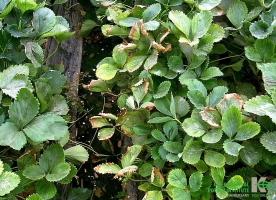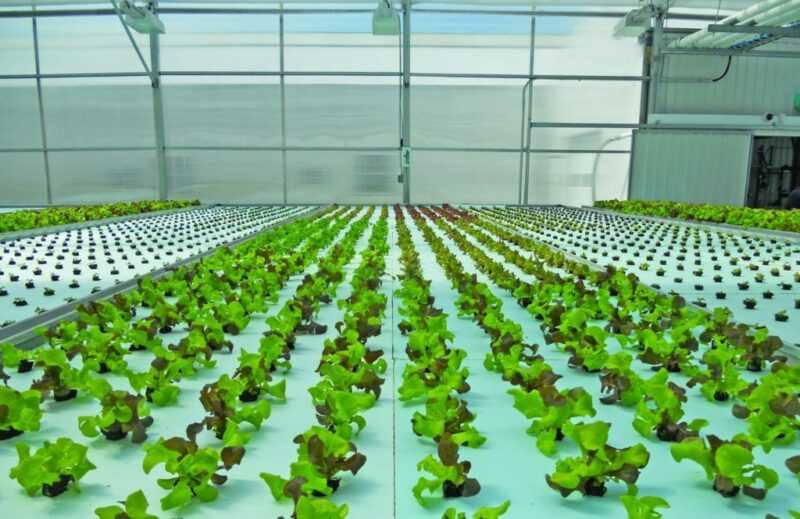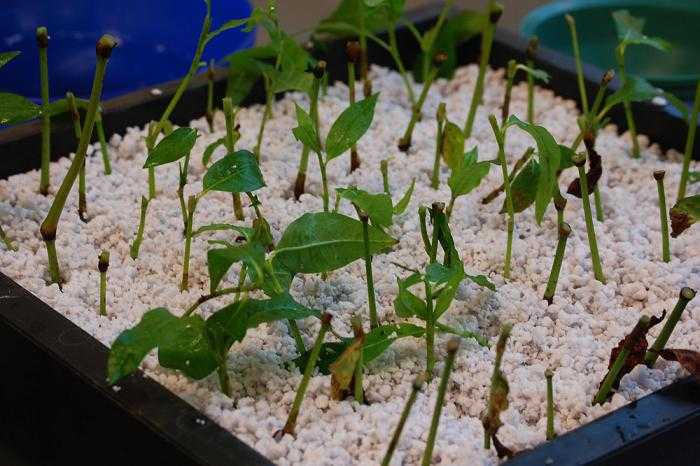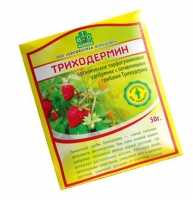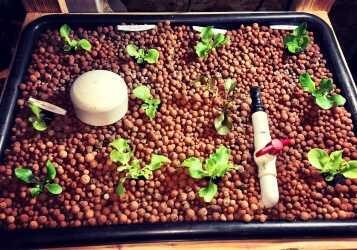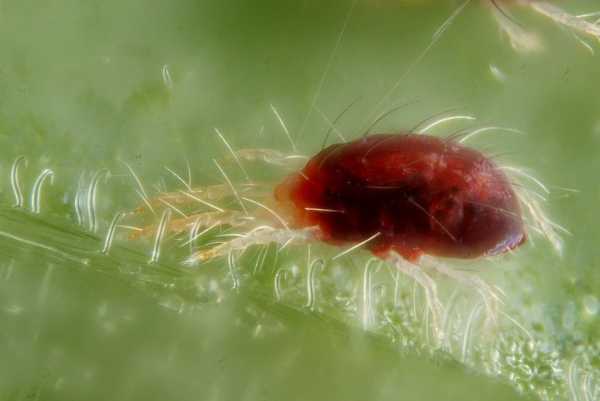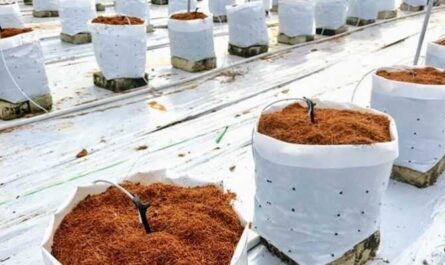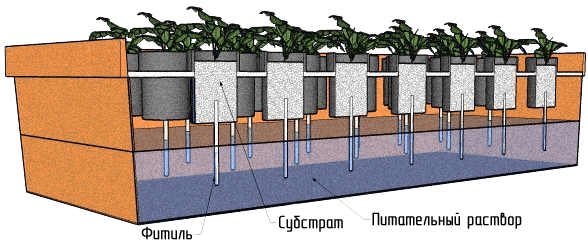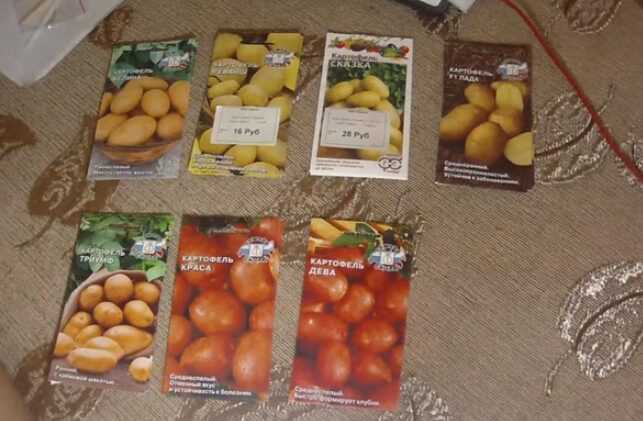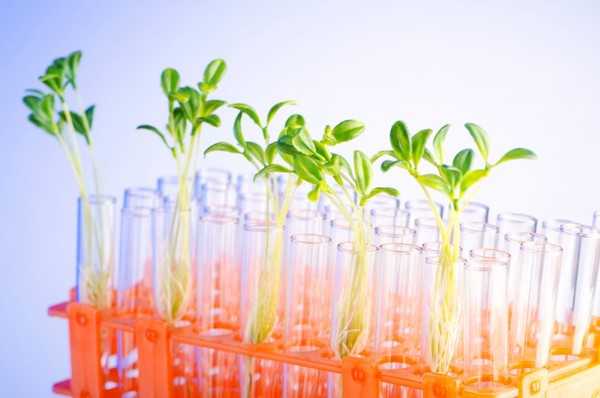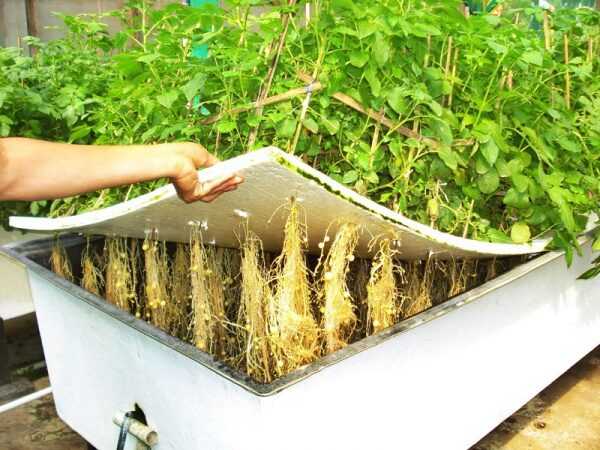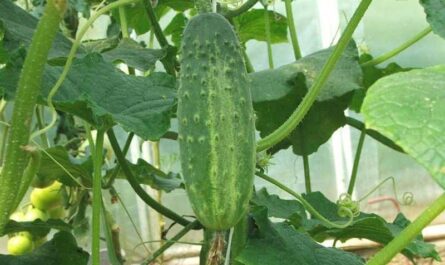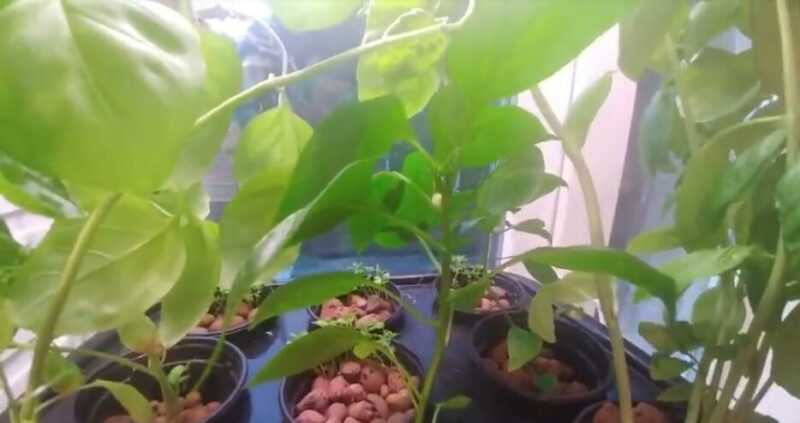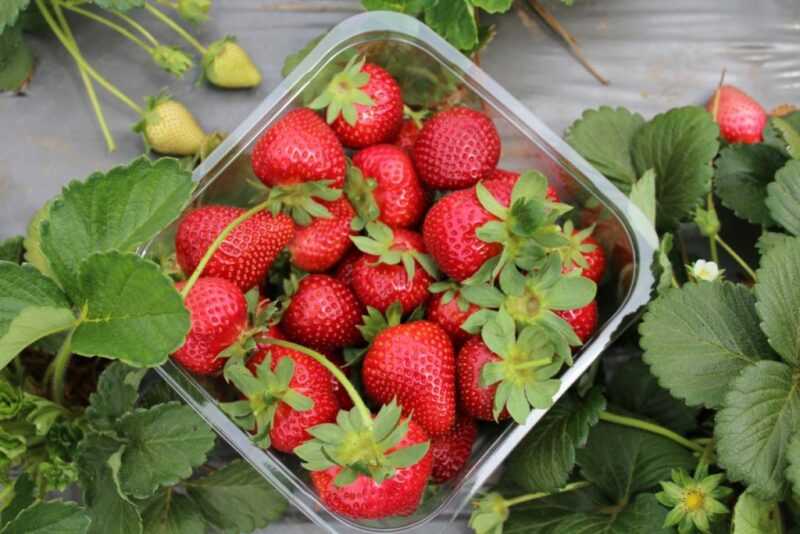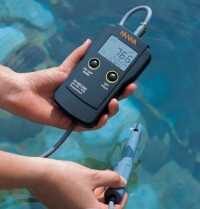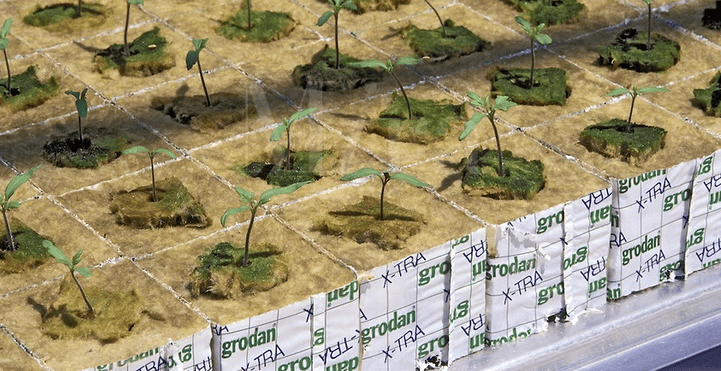potassium (symbol K) is an important macronutrient, the third most important after nitrogen and phosphorus. In agriculture, potassium is usually used in the form of chloride (KCl); In horticulture in the form of sulfate (K2SO4); In hydroponics as potassium nitrate (KNO3). Potassium is a movable element, which means that it is able to move around inside the plant. When a plant is deficient in this element, the nutrient that is already inside the plant is transported to where it is most needed – to the young tissues. Therefore, leafy symptoms of potassium deficiency most often appear on older leaves. Potassium is most readily available to plants in environments with a pH above 5,5. In very acidic solutions, it becomes unavailable.
Potassium functions
Potassium maintains ionic balance and water status within the plant. It is involved in the production and transport of sugar in the plant, the activation of enzymes and the synthesis of proteins. Potassium is also required for the synthesis of pigments, especially lycopene. It is important to note that potassium ions open and close the stomata (like a plant “breathes”). There is also strong evidence that potassium increases disease resistance. Silica, which accumulates in large quantities when sufficient potassium is present, is injected into the cell walls, hardening the epidermal layer, which acts as a physical barrier to pathogens.
Potassium deficiency
One of the first telltale signs of potassium deficiency is plant wilting, even at moderate temperatures. This is followed by brown burning and curling of the lower tips of the leaves, as well as yellowing (chlorosis) between the veins of the leaves. Purple spots may appear on the underside of the leaf.
The plants most prone to potassium deficiency among soilless crops are tomatoes, cucumbers, strawberries and raspberries. Other crops sensitive to potassium deficiency: potatoes, currants, gooseberries, sugar beets, apples, clover.
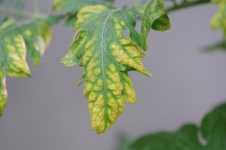

Potassium provides high yields in tomato crops. Tomatoes have a relatively high potassium content. However, it is important to maintain a good balance of potassium with magnesium and calcium. Too much potassium limits the absorption of these other cations. Excess sodium reduces the uptake and transport of potassium through the plant, and thus potassium levels need to be increased to maintain plant growth.
A potassium deficiency in cucumber causes the older leaves to turn yellow and burn. These symptoms begin at the edges of the leaf and spread between the veins towards the center. Large patches of tissue around the main veins remain green until the deficit progresses. A brown burn develops in the yellow areas and spreads until the leaf is dry and papery. As each leaf dies, others further up the shoot develop the same symptoms. These symptoms can develop rapidly in hot weather. The descriptions of cucumber leaf symptoms given here are similar for other pumpkin crops such as melons, watermelons, pumpkins, and gherkins.
Examples of symptoms of potassium deficiency
From left to right: potassium deficiency in alfalfa, barley, corn, potatoes, rice, tomatoes, strawberries.
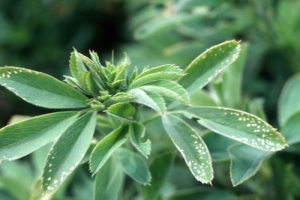

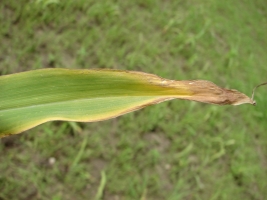



Excess potassium
Excess potassium can lead to severe growth retardation, redness, and poor germination. Excessive amounts of potassium can also compete to absorb other ions such as calcium. Lack of adequate calcium can lead to rot.
Sources of
- Practical Hydroponics & Greenhouses . February . 2017
- IPNI Crop Nutrient Deficiency Image Collection.
